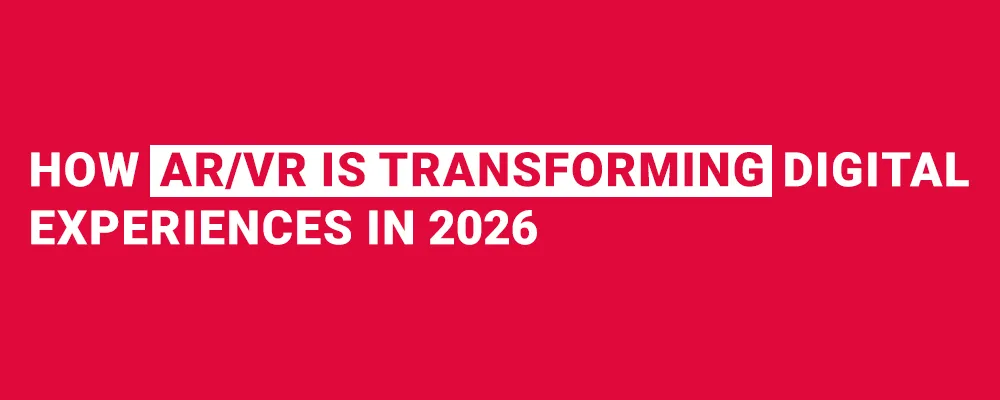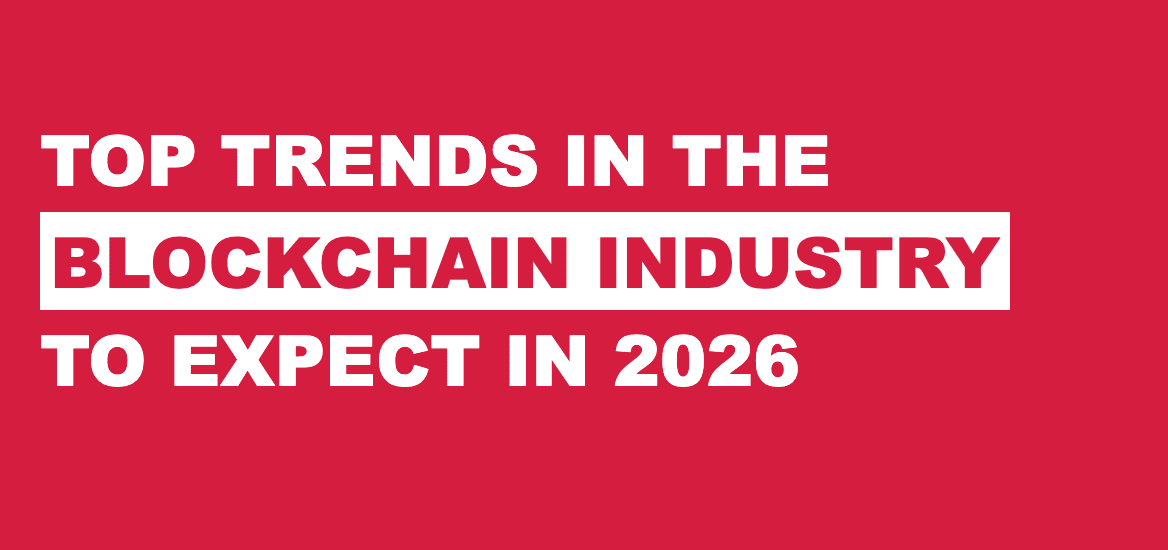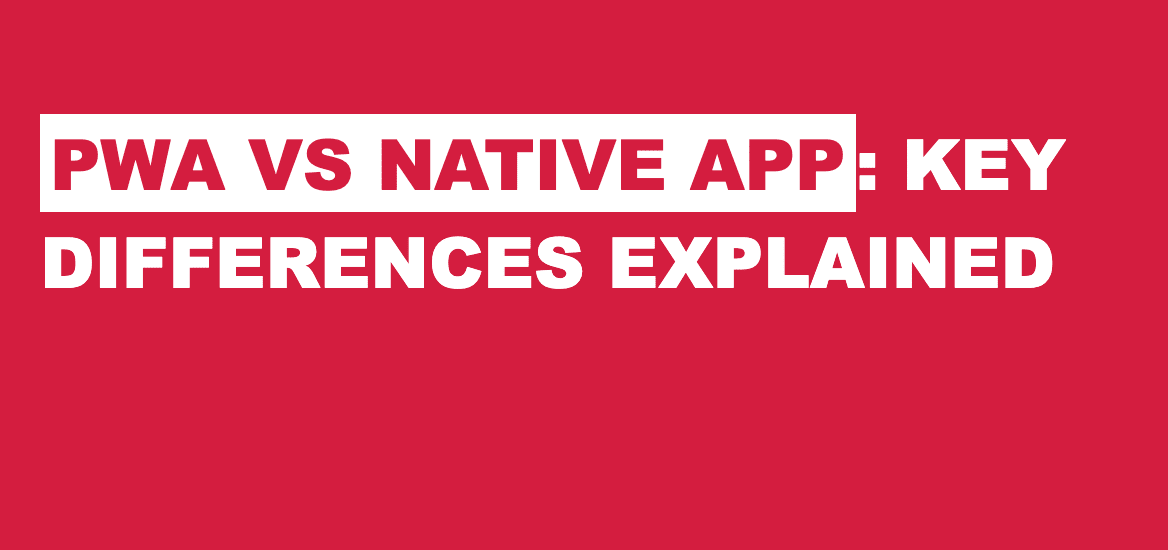How to Develop a Metaverse Virtual World?
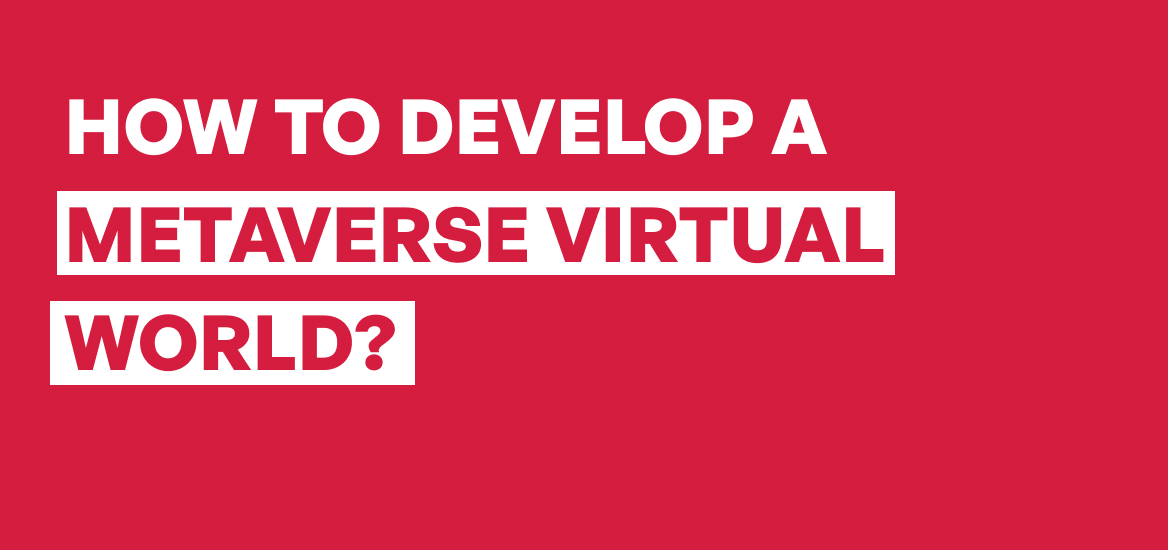
With the growth in technology, many businesses and startups are transforming into a billion-dollar economy. How? The Metaverse is booming in the virtual world market, so businesses invest in this immersive technology with its high demand. No matter the type of business it is, whether gaming, company collaboration, or education, the metaverse provides an endless opportunity to grow the business. Moving forward to develop the metaverse virtual world, let us know about the metaverse and also about how to create your own metaverse virtual world.
For a business to get into socializing with creativity, metaverse platform development is something that one can choose. From the basics about the metaverse to how to develop the metaverse virtual world, let us dive into the VR development services as well. The blog outlines in-depth about metaverse virtual world development and helps businesses know why to invest in the metaverse.
What is a Metaverse?
In simple terms, the Metaverse creates a virtual world where users can interact with each other and the surrounding world. This gives a real-world experience to the users and allows them to perform different tasks like gaming, social networking, and collaborating with businesses. The term metaverse is constantly evolving, expanding, and creating new opportunities to grow businesses.
Example: Let’s consider the metaverse in an ecommerce business. Here, for the ecommerce platform, it creates a virtual store for the users where they can try products virtually and know how it looks and about the fit. Users can also make use of different avatars, interact with the sales agent online, and purchase them. This is the best use case of the metaverse that provides a rich and immersive shopping experience to users.

How to Develop a Metaverse Virtual World?
1. Purpose & Scope of Project
Identify the goal and scope of developing the metaverse for the business. Identify the target audience and accordingly plan for the metaverse to meet the business goal. This includes –
- Gaming – Different gaming models and multiplayer game
- Real-Estate: Virtual real-estate to view the land land virtually
- Social Platform: Networking & Virtual Meetups
- Ecommerce: Try the product in the virtual store
- Education: This includes a VR classroom for students, making learning at ease
- Company Collaboration: Virtual meeting in a virtual office surrounding
2. Market Research & Analysis
It is important to understand the users demographics, about what they are actually looking for in the metaverse. One can analyze well-known platforms like Decentraland, sandbox, etc. Provide a unique value to the users by identifying the gaps and building your own virtual world.
3. Selecting the Technology Stack
To build a virtual world it is important to select the right technology stack. One must choose the technology per the project requirements. This includes –
- Game Engine: Unity (C#) and Unreal Engine (C++) for interaction & 3D rendering
- AR/VR Hardware: Oculus Quest 2, HTC Vive, Apple Vision Pro, HoloLens 2
- Blockchain Integration: Security & Scalability using NFTs & smart contracts
- Framework: Real time multiplayer environment using Photon Engine, Mirror, or custom WebSocket
- Languages: C#, C++, JavaScript, Python, and Solidity depending on the features & functionality required.
4. Metaverse Development Platform
To develop a metaverse platform, one can implement it with metaverse SDKs like Somnium Space or XRPL’s toolkit. Finalize with the budget, get experience with metaverse developers or it is more feasible to hire a metaverse development company to get a customized solution.
5. Build a Virtual Environment
Develop the metaverse platform & make a virtual environment using tools like Blender, Autodesk Maya, or 3ds Max for asset creation. For autonomous behavior, one can integrate with AI that shows real-time interactions
6. Creating Avatars
Users can create different avatars and can customize them for gaming, clothing, accessories, etc. Integrate wearables as NFTs to have realistic, enigmatic avatars and experience.
7. Integrate Blockchain and NFT Functionality
The integration of blockchain technology includes –
- Smart contracts for transactions and royalties
- Crypto wallet integration for payments
- Decentralized for Identification
8. Social Features
Integrate with social features so that the users can communicate at ease. This includes –
Voice and text chat, screen sharing, video conferencing, community tools for hosting events, and other collaboration tools like whiteboards, document editing, etc.
9. Interoperability
One must use OpenXR, WebXR, and GLTF for 3D asset interoperability. To integrate with third-party services, develop the metaverse using RESTful APIs or GraphQL endpoints
10. Performance & Scalability
It is important to maintain the performance & scalability with the metaverse development. This includes –
- Cloud hosting with AWS, Azure, GCP
- Load Balancing
- Real Time Interaction using edge computing
- System Rendering with Code Optimization
Also Read: Metaverse Use Cases and Benefits: Real-World Examples Explained
11. Security Implementation
Trust is an important factor for users where the data is secured. Hence, the metaverse platform must be secured using the following –
- AES Encryption
- HTTPS Protocols
- Integrating Blockchain for Transparent Transactions
- AI Implementation to detect speech and spam
- Parental Controls
12. Test the Metaverse
For a seamless user experience, it is important to test the metaverse platform. This includes different types of testing, like –
- Unit & Regression Testing
- Usability Testing for Specific VR
- Testing the Server Capacity with Stress Testing
- AB Testing
13. Launch & Deploy
It’s the stage to deploy and launch the metaverse. Before the launch, consider the following –
- Identify the errors & fix them
- Onboarding tutorials for new users for assistance
- Partner with influencers to increase the brand’s visibility
14. Latest Updates & Engagement
Increase user engagement with the latest updates and other interesting features. This includes –
- Weekly Updates
- Events & Reward System
- Challenges, Achievements & Leaderboards
- Forums & Polls
Also Read: Why Should Businesses Invest in Metaverse Development?
15. Monetization Strategy with Metaverse
Monetization is one of the most important factors. It’s all about creating revenue with a metaverse platform. Some of the monetization strategies include –
- Offering a subscription for access to the premium feature
- Partnership with big brands and advertisers
- More Upgrades with Customization
- Offering royalty rewards and marketplace commission
Start Your Metaverse Journey
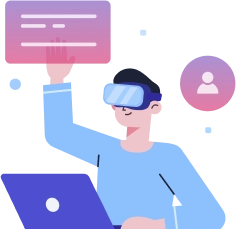
Conclusion
This is all about how to build a metaverse virtual world. These are the steps to be considered for metaverse development. Before delving into the development process, know about the cost to create a metaverse platform. Also, about the technology stack to be considered as above. However, a metaverse development company offers a complete guide right from the start to the deployment, and also with a guide to the best monetization strategies. With the increase in development of technology, it’s now time to take the business a step further and get involved in the virtual world.
Frequently Asked Questions
Metaverse virtual world creates a 3D digital space that allows users to interact using avatars, where they can socialize, work, play games, attend events, or even shop. It offers realistic & interactive experiences by using technologies like AR/VR, blockchain, etc.
The Metaverse is gaining popularity due to its unique way of working & playing. As it is seen that more users spend time online, which includes social media, gaming, and virtual reality, to experience virtual items in real time.
Many industries benefit from building in the Metaverse. This includes gaming, entertainment, retail, real estate, education, healthcare, and ecommerce etc.
The core technologies used in Metaverse development are virtual reality (VR), augmented reality (AR), blockchain, 3D modeling, artificial intelligence (AI), and cloud computing.
Some of the essential features of the Metaverse virtual world include customizable avatars, 3D environments, real-time interactions, virtual assets, social features, and digital currencies. These features create a rich & interactive experience among users that gives them a real-world experience.
The cost to develop a metaverse platform depends on the type of requirements, features, and functionality to be integrated with the metaverse. However, a basic metaverse development costs around $30,000 and $100,000, while integrating with more advanced features, with VR, blockchain, and 3D assets can go beyond $300,000.
To develop a basic virtual world in the Metaverse typically takes 3 to 6 months. The overall development depends on features, design complexity, and technologies involved. Well, a professional metaverse development company can help speed up the process and ensure quality while meeting project goals.












